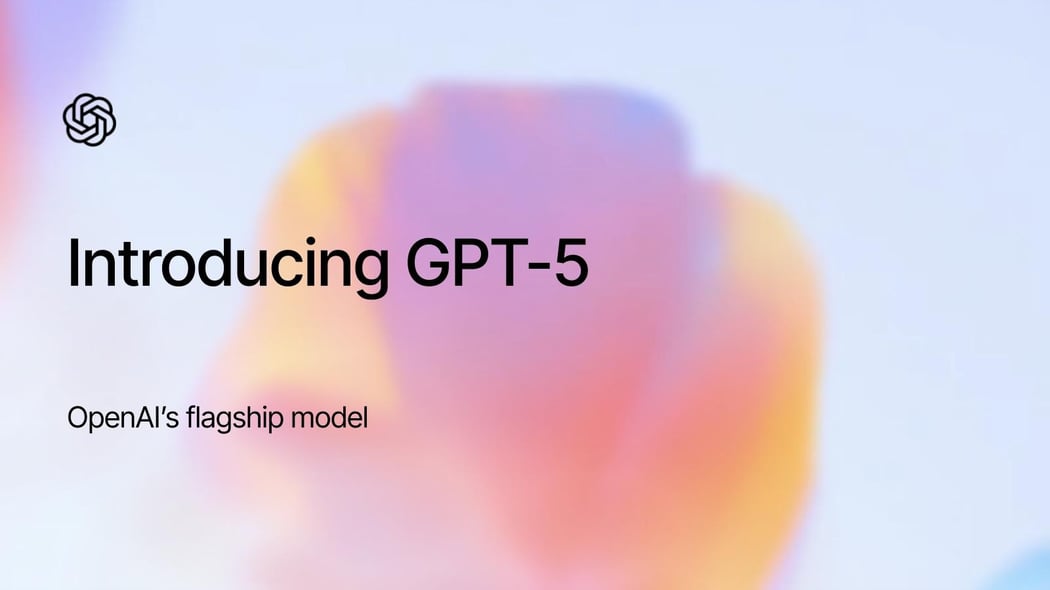Извлечение признаков
Откройте для себя возможности извлечения признаков в машинном обучении с помощью Ultralytics YOLO11. Изучите методы эффективного обнаружения и анализа.
Извлечение признаков - это фундаментальный процесс машинного обучения (ML) и предварительной обработки данных, который включает в себя преобразование необработанных, высокоразмерных данных в более управляемый и информативный набор признаков. Вместо того чтобы загружать в модель огромные и часто избыточные данные (например, каждый пиксель на изображении), этот метод выявляет и извлекает наиболее характерные атрибуты, или признаки. Этот процесс сокращает вычислительные ресурсы, необходимые для обучения, и помогает ML-моделям обучаться более эффективно, фокусируясь на релевантной информации, что может значительно повысить точность модели.
Почему извлечение признаков важно?
Основная цель извлечения признаков - упростить данные без потери важной информации. Это важно по нескольким причинам:
- Уменьшение сложности: Необработанные наборы данных, такие как изображения, аудио или текст, могут быть очень большими. Извлечение признаков позволяет сжать эти данные в более компактное и эффективное представление, что облегчает обработку алгоритмами.
- Повышает производительность: Благодаря фильтрации шумов и избыточных данных модели обучаются быстрее и часто достигают лучших результатов. Это помогает смягчить"проклятие размерности" - явление, при котором производительность снижается по мере увеличения количества признаков.
- Предотвращает переоценку: Более простой набор признаков помогает модели лучше обобщать новые, невидимые данные, снижая риск переподгонки, когда модель слишком хорошо усваивает обучающие данные, включая шумы.
Автоматизированные и традиционные методы
Методы извлечения признаков варьируются от традиционных, созданных вручную, до современных автоматизированных подходов, основанных на глубоком обучении.
Традиционные методы: Эти методы опираются на специализированные алгоритмы для извлечения признаков на основе заранее определенных правил. В качестве примера можно привести масштабно-инвариантное преобразование признаков (SIFT) и гистограмму ориентированных градиентов (HOG) для анализа изображений или частоту терминов и обратную частоту документов (TF-IDF) для обработки текста. Несмотря на свою эффективность, эти методы часто требуют значительных знаний и опыта в данной области.
Автоматизированные методы (обучаемые признаки): Современные нейронные сети (НС), в частности конволюционные нейронные сети (КНС), отлично справляются с автоматическим извлечением признаков. По мере прохождения данных через слои сети модель учится самостоятельно определять иерархические паттерны - от простых краев и цветов в начальных слоях до сложных форм и объектов в более глубоких слоях. Такое обучение часто оказывается более надежным и эффективным, чем ручное создание признаков.
Приложения в искусственном интеллекте и компьютерном зрении
Извлечение признаков является краеугольным камнем многих приложений искусственного интеллекта (ИИ).
Обнаружение объектов: В компьютерном зрении (КЗ) модели, подобные Ultralytics YOLO11, используют магистральную сеть для автоматического извлечения признаков из входного изображения. Эти признаки, представленные в виде карт признаков, содержат информацию о текстурах, формах и частях объектов. Затем головка обнаружения использует эти карты для идентификации и определения местоположения объектов. Это очень важно для таких приложений, как автономные транспортные средства и искусственный интеллект в производстве.
Анализ медицинских изображений: В здравоохранении извлечение признаков помогает радиологам и врачам анализировать медицинские снимки. CNN может обрабатывать снимки МРТ или КТ для извлечения признаков, указывающих на опухоли или другие аномалии, как, например, в наборе данных Brain Tumor. Такой автоматизированный анализ помогает быстрее и точнее ставить диагнозы. О том, как это работает, вы можете узнать из нашего блога об использовании YOLO11 для обнаружения опухолей.
Извлечение признаков по сравнению со смежными понятиями
Полезно отличать извлечение признаков от схожих терминов:
Извлечение признаков по сравнению с инженерией признаков: Инженерия признаков - это более широкий термин, который включает в себя создание признаков из необработанных данных. Извлечение признаков - это особый вид инженерии признаков, при котором существующие признаки преобразуются в новый, меньший набор. Другой тип - выделение признаков - предполагает выбор подмножества исходных признаков.
Извлечение признаков и уменьшение размерности: Снижение размерности - это результат, а извлечение признаков - один из методов его достижения. Такие методы, как анализ главных компонент (Principal Component Analysis, PCA), являются классическими примерами извлечения признаков, используемых для уменьшения размерности.
Извлечение признаков по сравнению с вкраплениями: Вкрапления - это тип обучаемого представления признаков. Модели глубокого обучения создают эти плотные векторные представления в результате автоматизированного процесса извлечения признаков, фиксируя сложные семантические связи в данных.
Такие фреймворки, как PyTorch и TensorFlow, предоставляют инструменты для построения этих мощных моделей, а такие платформы, как Ultralytics HUB, оптимизируют весь рабочий процесс, от управления наборами данных до обучения моделей.








